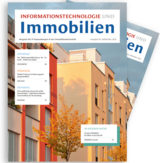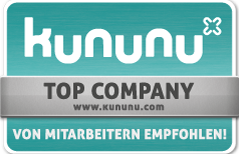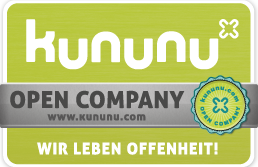Tackling the key areas – SWSG optimises its utility statement process

The equation is simple: If we have no hands to carry things and challenges grow, extra tools are required. Stuttgarter Wohnungs- und Städtebaugesellschaft mbH (SWSG) also follows this simple logic. With more than 18,000 residential units, SWSG is the city’s key landlord. With its 160 employees, the Stuttgart-based housing company has always made efficient use of its resources and also operates an effective IT infrastructure. As a result, the employees have the ideal tool to hand. Oliver Pastor, head of operating cost management, emphasises this point: “In order to manage our workload, for example in applying constantly changing regulations, we keep our processes as streamlined as possible. This is also why we are implementing so much in the area of operation costs together with PROMOS.”
A healthy foundation: Utilities Cockpit and integrated statement letter
SWSG has been using the PROMOS Utilities Cockpit since 2013 based on the Blue Eagle system that the company predominantly uses. With the PROMOS Utilities Cockpit, they can monitor every step of the utility statement and maintain an overview. Small traffic lights that show the status of the invoice are particularly helpful here. “From the very beginning, it was important to us that utility costs were included in the overall package. This is why we did not simply focus on process monitoring, but also implemented E-record processing and the integrated statement letter,” says Pastor, explaining the initial projects with PROMOS. In 2013, 6,000 apartments were already included in the integrated display, and by 2015 this figure had risen to 10,000. This year, SWSG and PROMOS would like to generate invoices for the entire 2016 housing stock using the integrated statement.
Oliver Pastor, head of operating cost management
A makeover for statement letters: modular and consumption-oriented
The technology and content of the SWSG utility statement letter are state of the art. As well as the integrated invoicing of heating and water costs in a single document, the letter can now also be generated in SAP® based on the new PROMOS modular standard. In this case, modular means that the statement letter can be composed individually using pre-configured text and table modules. “The modularity makes the internal process unbelievably flexible and open to individual adjustments,” says Pastor, describing the benefits of the implemented solution. For example, SWSG initiated new text and table modules in the area of heating and water costs, and they also made a key contribution to their design.
In addition, the statement letters have been optimised for the tenants, who have been receiving an enhanced analysis of their consumption patterns since 2014. Here, the tenant’s heating and water consumption data is compared with the average for the residential complex and with the two previous periods. “We give the tenants an indication of where they might be able to reduce costs, if necessary. In addition, we can provide specific information to protect the building structure. For example, we integrate text regarding correct ventilation and heating behaviour, which we hope will minimise mould,” explains Pastor.
Total cost disclosure: there was once a legal requirement
In 2015, SWSG started looking at the issue of total cost disclosure, working on the assumption that an IT-based overall solution could be found. At that time, German legislation stated that costs shared between apartments and allocated to the tenants using an allocation key must be shown fully and transparently in the cost statement. By 2015, SWSG had to compile all the necessary data in a time-consuming process and add additional texts. “In order to implement a new, IT-supported, automated solution, we used the master settlement units in the system and showed their structure in the statement letter in a way that was clear and comprehensible for the tenants,” says Jörg Stibber, project manager at PROMOS, describing the process. Pastor adds: “Although legislation has now become more lenient in many areas, we have stuck with this procedure. We have discovered that our tenants greatly value this open way of dealing with information.”
An end to Excel: separate invoicing of master settlement units
Master settlement units (MSU) bring together costs from invoices that need to be allocated to various settlement units (SU) using an allocation key. In the SAP® standard, MSUs are automatically included in the accounting for the actual settlement units. However, this procedure has disadvantages. If the trade company Röhrich issues an invoice with heating servicing costs for 100 different accounting entities using an allocation key, the property management company forms a master settlement unit that allocates the costs to the 100 settlement units of the accounting entities. If accountant Fiffikus now wants to settle just one of the 100 accounting entities, SAP® would automatically also settle the master settlement unit and, in the process, all the remaining 99 accounting entities as well. Reversing the utility statement settlement for a single accounting entity would not be possible in this case. As SWSG frequently uses such cross-accounting-entity MSUs, the company decided to settle these separately. This ensures that the costs from the master settlement units are simply allocated to the settlement units, but the latter do not have to be settled immediately. Following the separate settlement, further postings in the target AEs are disabled. “In the past, we used Excel spreadsheets to help us maintain an overview of the status of our master settlement units and to prevent automatic settlement. However, we now have 722 of these in our active inventory. This makes an Excel solution less practical,” explains Pastor. This is why PROMOS implemented an additional status display in the Utilities Cockpit for SWSG. Now, a traffic light function shows users at a glance whether there is an MSU and whether it has already been settled (Figure 1).
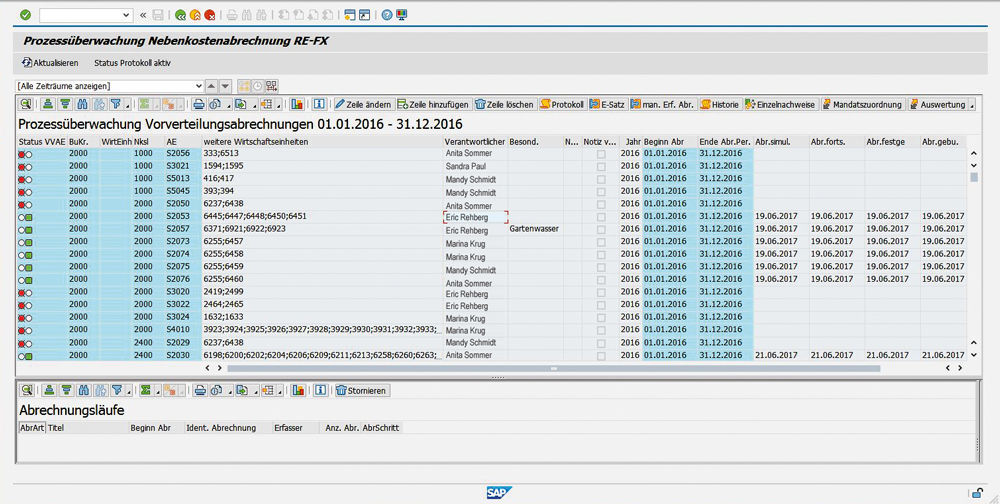
Figure 1: The settlement status of the MSU as well as the accounting entities linked to the MSU can be read at a glance in the Utilities Cockpit.
Precise analysis based on a planned date
The Utilities Cockpit provides for monitoring of the settlement status. SWSG is also interested in analysing the precise progress of the individual steps in percentage terms based on the existing schedule and broken down by employee. In the past, Excel spreadsheets with coloured status indicators were used for this. However, as almost all the information required for this is already available in the Utilities Cockpit, it made sense to avoid duplicate maintenance by integrating a solution into the system. The first step was to make it possible to upload the schedule; i.e. by which deadline the settlement should be completed. This was achieved using transaction /PROREX/NKPUFILL so that the date did not have to be entered manually for the 932 internal settlements (Figure 2). In a second step, an analysis was implemented that outputs the progress of the settlement directly in SAP®. This produces a table with different colours, broken down by individual employee (Figure 3).
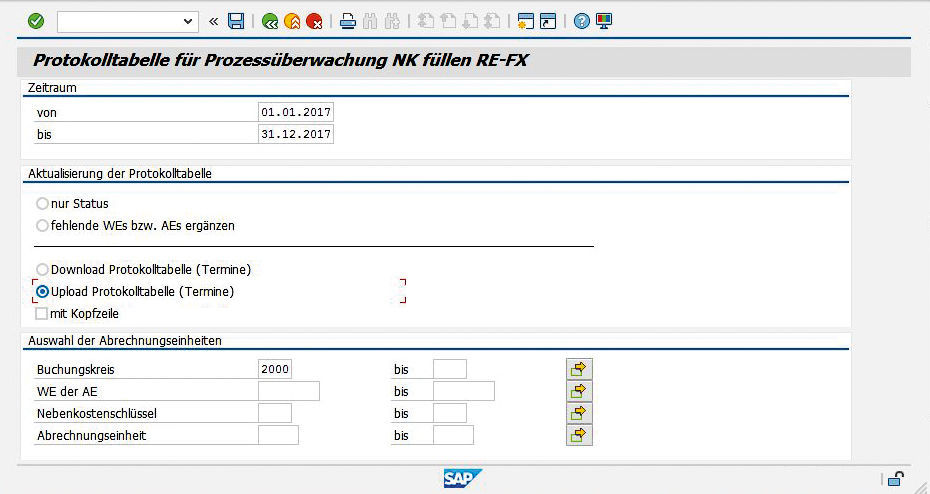
Figure 2: Plan data can be maintained easily and conveniently en masse using transaction /PROREX/NKPUFILL.
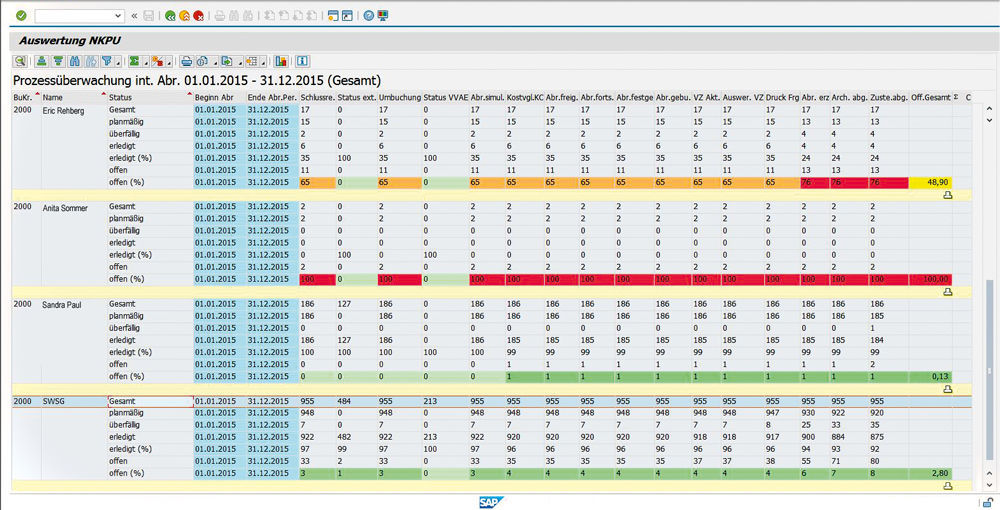
Figure 3: An analysis displays the completion stage of settlements in detail, differentiated by colour.
Adjustment invoicing: easily pass on credit memos and subsequent payments
An adjustment invoice in the sense of a supplementary statement does not refer to a reversal and re-invoicing. Rather, this is to be understood as an individual adjustment for which the tenants must either make a subsequent payment or receive a credit memo – for example in the event of a subsequent increase in the property tax, which is to be passed on to the tenants. In the past, such processes resulted in a large workload for SWSG. First, various different things needed to be looked up in SAP® to find out which tenants lived in the rental properties in question during which period. Next, the costs needed to be distributed accordingly in Excel. Finally, serial letters had to be created. Today, SWSG can complete this with ease in just a few steps directly in SAP®. For this purpose, a separate settlement unit is subsequently added to the system and the adjustment amount can be allocated to this. Pastor describes the insights gained so far from working with the solution as follows: “Although this procedure will inflate the accounting tree for the accounting entity at some point, our experience over the past two years has shown that the number of adjustments is minimal. We created 100 AEs and, in the 2014 and 2015 accounting periods, performed adjustment settlements for 37 accounting entities. The workload is in no way to comparable to what it was before.” Processing for the tenant is carried out using a separate correspondence activity, which is based on the modular utility statement letter and contains flexible text modules to justify the adjustment settlement. In the Utilities Cockpit, a second, appropriately labelled line with a note about the adjustment is added for the accounting entity.
Summary
Over the past four years, SWSG has frequently adapted and enhanced the utility statement to reduce its employee’s workloads and provide tenants with the best possible transparent invoice. Looking forward, Pastor notes: “We would like to implement further innovative topics in this area and can certainly imagine a partnership with other residential property or real estate companies. Development costs would be shared, while still allowing both partners to contribute their ideas and visions.”
SAP® with its PROMOS enhancements provides an effective tool for SWSG to achieve an optimal result even with finite capacity and a large number of tasks. It is logical that the functional scope of this tool should be fully exploited for every area. After all, we don’t just use our cars to go shopping.
redaktion@openpromos.de
